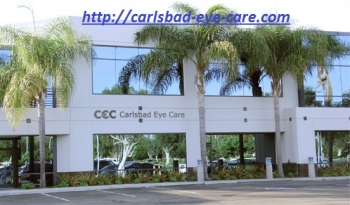Dry Eyes

Having dry eyes is actually a commonly under-diagnosed ocular disease. Symptoms of dry eyes are the most common complaints of patients when visiting their eye care professional. Eyes require a constant layer of healthy, balanced tears known as “tear film” to stay protected and nourished.
Any changes in the quality or the quantity of your tears can result in an un-balanced tear film.
A good indicator for this imbalance is tear film osmolarity. Only an eye doctor can measure the osmolarity of your tear film. It is very important to know the health of your tear film, as spiked osmolarity may put you at risk for eye surface damage.
Women are frequently more affected with dry eyes than men. Dry Eye Disease can often be caused by hormonal changes due to aging, menopause as well as other medical conditions or treatments.
Using a smart phone, tablet, or other screen technology can cause digital eye strain. When viewing screens, we often times tend to blink less. Blinking less deprives eyes of the necessary lubrication needed to keep them from getting dry.
Dry eye may also result from inflammation of the meibomian glands, located in the eyelids. These glands make the lipid or oily part of tears that slows evaporation and keeps the tears stable. Tears, made by the lacrimal gland, are necessary for overall eye health and clear vision . Tears bathe the surface of the eye, keeping it moist, and wash away dust and debris. They also help protect the eye from bacterial and other types of infections.
Treatments for mild cases of dry eyes can include lifestyle changes and eye drops.Preservative-free eye drops are available for people who are sensitive to the preservatives in artificial tears. Natural eye drops re available for people who are sensitive to preservatives. If you need to use artificial tears more than every two hours, you should consult an ophthalmologist. You must speak to an eye doctor if you require to use artificial tears more than to every 2 hours.
